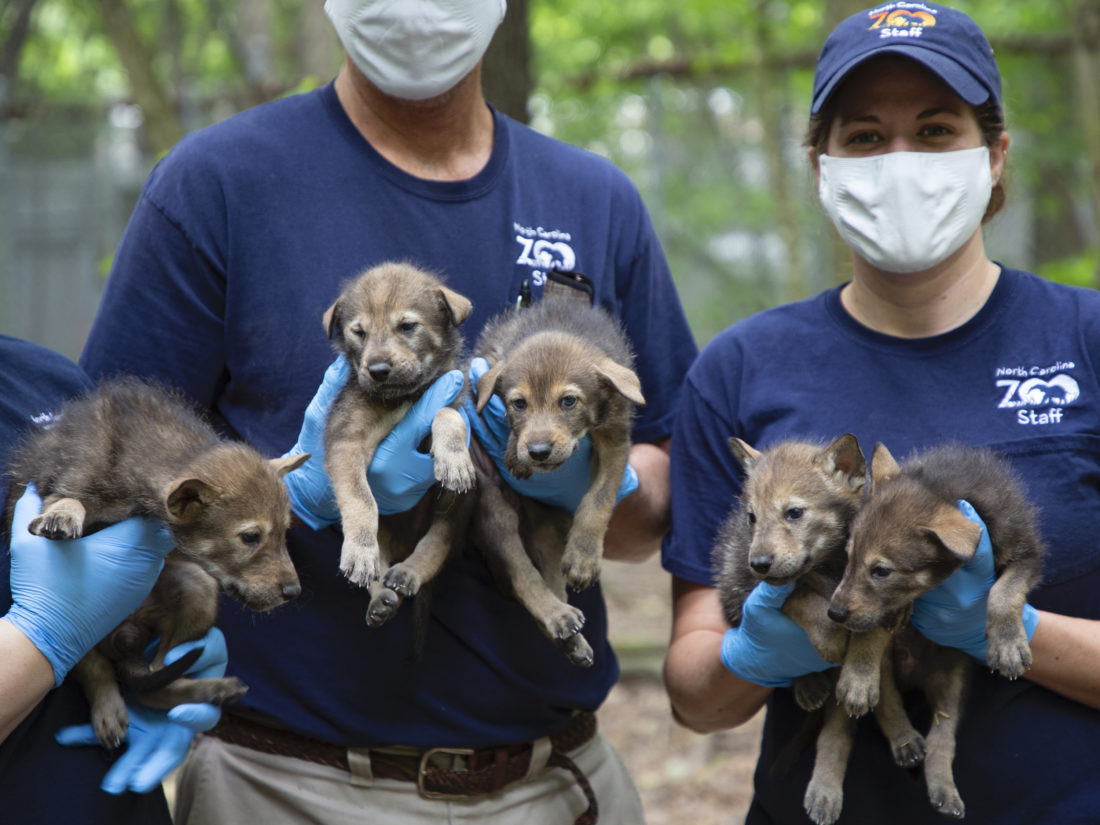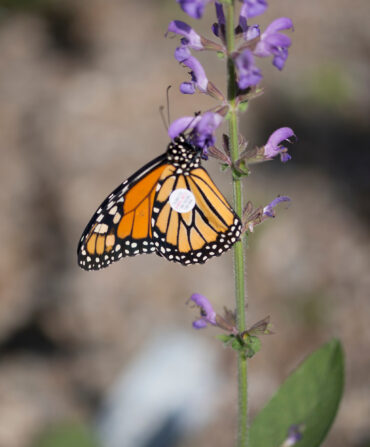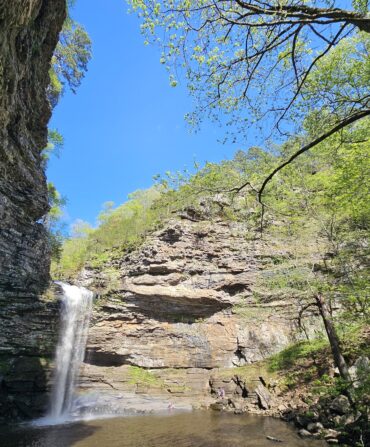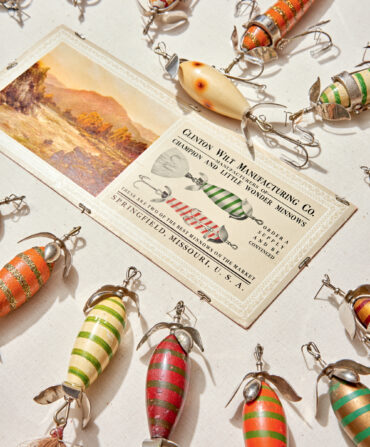“We didn’t know the puppies had arrived until we did our daily check,” says Chris Lasher, the animal management supervisor at the North Carolina Zoo in Asheboro. “We looked in the den, and low and behold, there was more than one red wolf in there.”
This has been a big year for the red wolf breeding program at the zoo, which welcomed two litters this spring for a total of seven puppies—a significant number when you consider there are only twenty to thirty red wolves in the wild, and only 250 in captivity nationwide. Now, at the eleven- and nine-week marks, the pups are growing and thriving—with as little human interference from the zoo’s team as possible.
“They are starting to look like red wolves now, getting their color and their shape,” Lasher says. While visitors to the zoo can see two ambassador red wolves, carefully selected by Lasher as the individuals who most enjoy seeing people, the seven puppies live with their parents in enclosures set apart from the zoo in a natural landscape in the Uwharrie Mountains. The only artificial additions are a water supply and wooden den boxes. The puppies from one litter, named Oak, Cedar, Sage, Lily, and Asher for native North Carolina plants, and the other two, May and Arrow, spend their days exploring, wrestling, playing, and honing their instincts. “This is where our puppies grow up and where they learn from mom and dad how to be real red wolves,” Lasher says.

Aside from a progress check-up every two weeks, caretakers refrain from handling the pups. “This is what we want,” says Pat Simmons, the zoo’s director and CEO. “I imagine that each puppy has a unique personality, but we don’t know what that is because we don’t get close.” The hands-off approach aligns with the ultimate goal of the breeding program: reintroduction into the wild.
Smaller and leaner than gray wolves but larger than coyotes, red wolves get their name from the reddish fur behind their ears and along their backs and legs. The Southeast’s native wolf, red wolves once ranged across the region and as far north as New York as an apex predator. But pressures from habitat loss and hunting caused the wolves to go extinct in the wild by 1980. Though an icon of the South (and recently gaining traction as a new name for Washington, D.C.’s NFL team), the red wolf is the most endangered species of wolf in the world, with only one small reintroduced wild population that roams the 120,000-acre Alligator River National Wildlife Refuge in northeastern North Carolina.
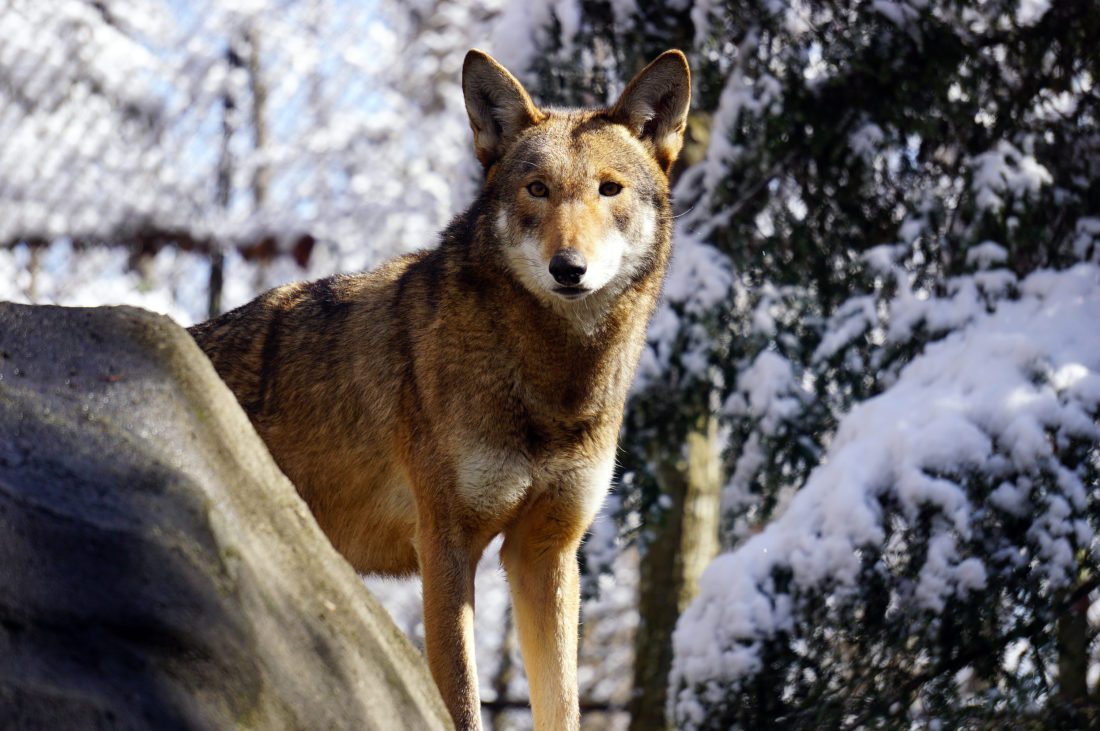
Further reintroduction efforts rest with the federal government and the U.S. Fish and Wildlife Service, and in the meantime, Lasher works to ensure the wolves’ continuation under human care as the head of the Species Survival Plan, a coordinated breeding effort across forty-four partner institutions nationwide. He’s responsible for all 250 red wolves in captivity, and his goal is to keep the population at the ready for recovery efforts. “We want them to stay as pure red wolf as possible so that when Fish and Wildlife does come to us ready for recovery, we have animals for them to put into a wild situation that will have the best chance to survive.”
That’s exactly what happened in 2002, when Lasher received a call from a Fish and Wildlife agent who delivered the unexpected news that a wild den at the North Carolina reserve had flooded, and the mother had only been able to save two puppies. Lasher had two zoo-born wolf pups ready, and he drove them to the reserve and put them into the den for the wild mother to foster, the first such attempt. “The plan worked,” he says, “and those wolves grew up wild and went on to have their own puppies.” Since then, the method has become an accepted technique for wolf recovery—but it can’t happen without raising puppies like the two litters on hand at the zoo now.
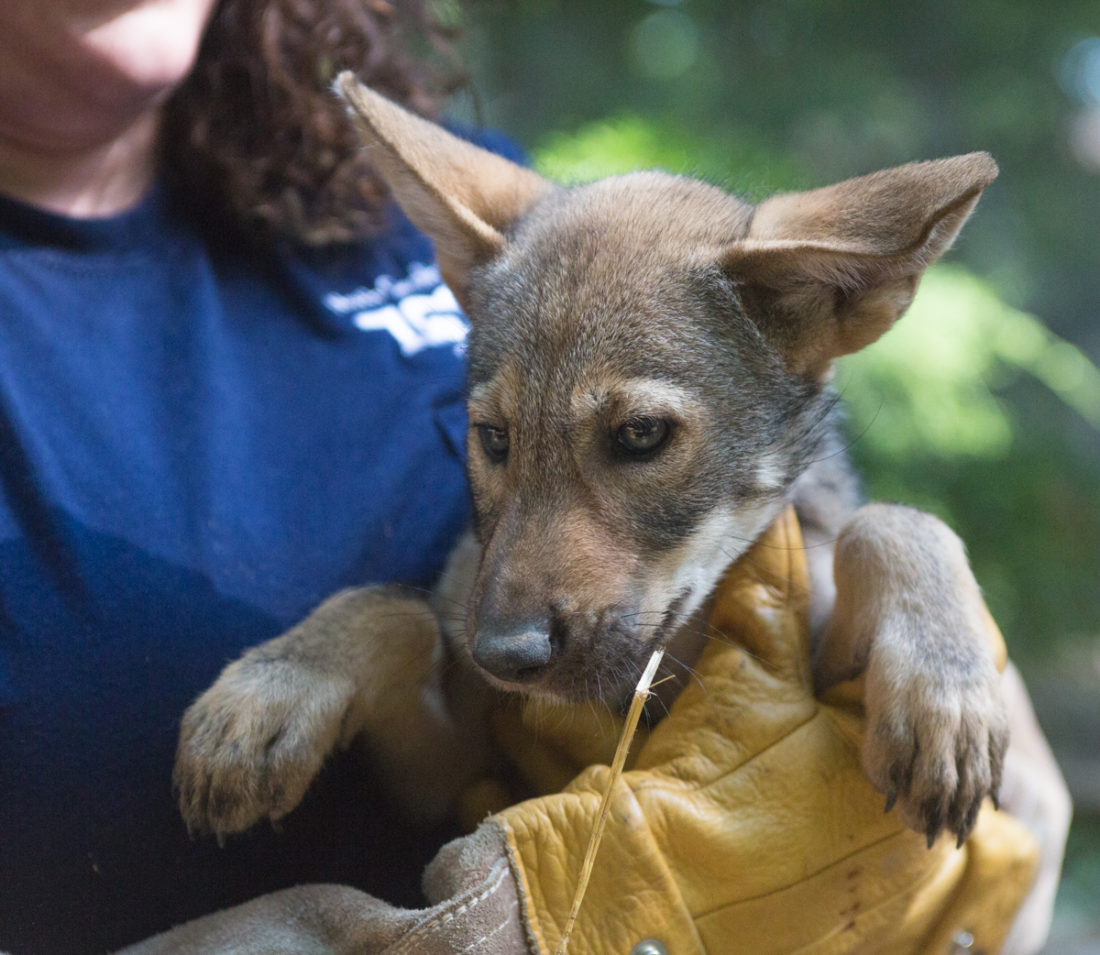
The zoo has big plans for its red wolf program. Lasher has designed a habitat expansion that will make use of some of the 2,100 acres of undeveloped land the zoo manages and include a breeding center, a project he and Simmons hope to get off the ground once finances are more secure following the pandemic. “We are looking to set up a very large space where we can continue to house more wolves,” Simmons says. “North Carolina is making the effort to work with the federal government and help rescue these animals that used to be so prolific across the Southeast.”
For now, the puppies are continuing to grow at the zoo’s current facilities, learning from their parents how to eat whole prey items, and honing their hunting skills on the occasional racoon or squirrel that wanders into the enclosure. “They’ll just be down there,” Lasher says, “doing their red wolf thing.”
For more information on supporting the zoo’s red wolf program, click here.


